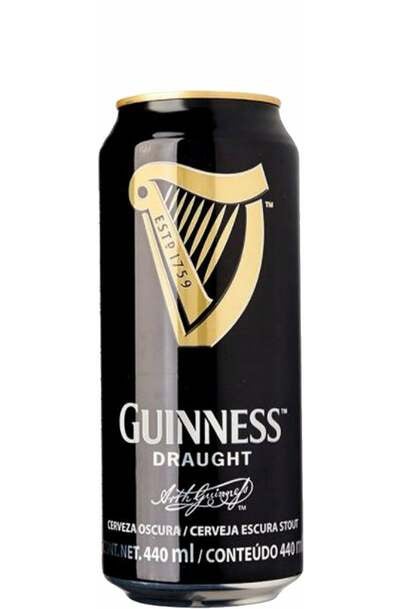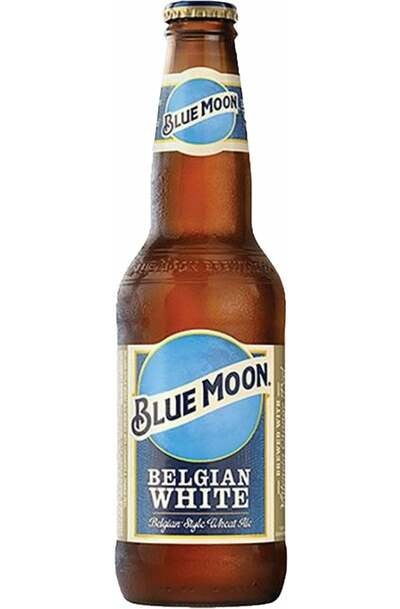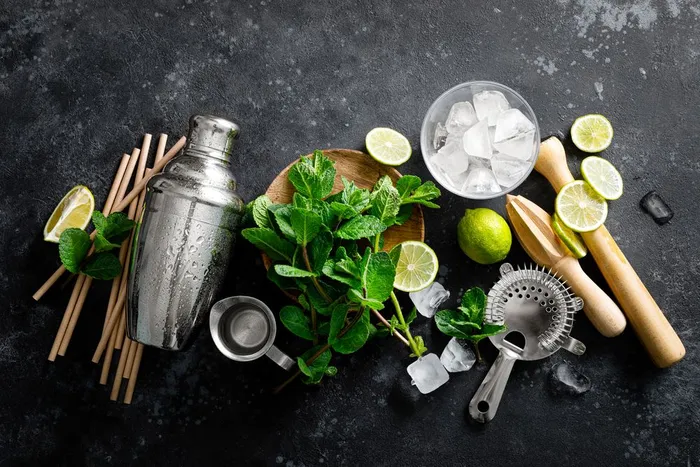There are no results that match your search.
Beer • 9 min • 06.08.2023
Expert Tips on Cooking with Beer: Elevate Your Culinary Creations

Beer is not just a refreshing beverage to enjoy on a hot summer day. It can also be a versatile and flavorful ingredient in your culinary adventures. Today, I'm thrilled to invite you on a journey into the world of cooking with beer. We'll explore how it can be used as a water or broth replacement, as a marinade, a complementary flavouring agent, and even in desserts.
To help us navigate through this taste adventure, we've invited Marty Nachel, the founder of Nachel Beer Education, certified beer judge and esteemed author of "Beer for Dummies" and "Homebrewing for Dummies."
Beer Basics: From Grain to Glass
Many associate beer with barley and wheat as the base grains. However, American brewers like Anheuser-Busch, Miller, and Coors have been incorporating corn and rice into their recipes for decades, even centuries. This practice makes the beer lighter in body, paler in colour, and often less flavorful, according to some critics. However, it's a cost-cutting measure, and it leads to a beer that's easy to drink due to its lower alcohol content. Contrary to popular belief, using corn in beer does not lead to headaches or illness, as it is simply another form of grain sugar.
Beer in the Kitchen: A Flavourful Twist
Replacing water or broth with beer in your recipes can add depth and richness to your dishes. The general rule is to use beer on a one-to-one basis. For example, if a recipe calls for a litre of water, you can easily swap it out with the same amount of beer. But remember to consider the flavour profile of the beer. Avoid overly bitter or sour beers, as the cooking process can intensify these flavours. Opt for sweeter, maltier beers that will infuse your dish with delightful notes.
Replacing Broths and Waters with Beer
One of the simplest ways to incorporate beer into your cooking is by substituting it for broth or water. This switch can be made on a one-to-one basis; if a recipe calls for a quart of water, you can easily use a quart of beer instead. This addition will lend your dishes more flavour, making them heartier and more interesting. It's crucial, though, to be mindful of the beer style you choose, as the cooking process can intensify flavours. Avoid using beers that are too bitter or too sour, as it can alter the taste of your food.
And for those worried about the alcohol content in the dishes, fear not. Alcohol evaporates at much lower temperatures than water, meaning very little, if any, makes it to the final dish.
Soups and Stews: Comfort Food with a Twist
The use of beer in soups and stews can create delightful culinary experiences. For example, Borst, a tangy soup, can benefit from the addition of beers like Berliner Weisse, Gose, or Lambic that have an acidic tang to them. Similarly, dark beers such as Porter or Stout pair well with beef stews. Their roasty flavours complement the beef, resulting in a heartier and more flavorful stew.

Steaming with Beer
Steaming is a simple and effective cooking method, and using beer as an alternative liquid can infuse your dish with subtle beer flavours. When steaming seafood or rice, replace the water or other liquids with beer on a one-to-one basis. Choose a beer that is not overly bitter or sour to allow the sweet and malty notes to enhance your steamed delicacies.
Marinating with Beer

Beer makes an excellent base for marinades, adding complexity to your meats.
A lot of marinades tend to be on the sweet side with some additional acidic notes or herbs and spices. But if you start with beer as your base, you can add molasses or soy sauce or whatever herbs or spices you wanna put in there. And the beer will work very well.
Rich, malty beers like Munich Helles or Bock—both known for their sweet malt profiles—can serve as the base for your marinade. Keep in mind that the alcohol content remains in the marinade until it's cooked, so choose your beer wisely. For lighter meats like chicken, stick to paler beers to avoid discolouration.
Beer as a Complementary or Contrasting Flavoring Agent
Beer can serve as a remarkable flavour enhancer in cooking, offering a spectrum of either complementary or contrasting flavours, depending on the dish at hand. For instance, consider a spicy dish like chilli. While it's true that rich, malty beers can help offset the heat and add an extra layer of complexity, an unconventional approach would be using a spicy beer with inherent chilli flavours. This technique can amplify the dish's spiciness without the need for additional chilli ingredients, providing a convenient and innovative twist to your chilli preparation.
When it comes to seafood, a dish like mussels opens up an exciting avenue for beer infusion. A standout technique here involves cooking mussels in beer, particularly in Belgian Witbier. This beer style is brewed with coriander and the peel from the curaçao orange, giving it a citrus aroma and flavour.
The process of cooking mussels in beer like Witbier not only brings a refreshing citrusy hint to the dish but also integrates the aromatic coriander and citrus notes seamlessly into the seafood, enhancing the overall culinary experience.

Using Stale Beer in Cooking
Stale beer isn't always a waste, especially when it comes to dishes like chillis, soups, and stews where the beer is cooked off or reduced. The less desirable flavours that come with stale beer, such as paper or cardboard notes, often disappear during the cooking process. However, when using beer as a marinade, avoid stale beer as its oxidised flavours could ruin the taste of the dish and, ultimately, the final result.
In terms of beer freshness, a few weeks or months old beer that's been properly stored can still be usable in cooking. If the beer has been exposed to heat or light, it's better to give it a pass.
Using Stale Beer in Cooking
Stout, a versatile beer style, can add richness and depth to your cooking. There are various styles of stout, each with its unique flavour profile. Guinness, a well-known Irish dry stout that pairs easily with a variety of foods, is light-bodied, low in alcohol, and provides a smooth and easy-drinking experience. You can use Guinness or similar dry stouts in many recipes, strengthening the flavours without overpowering the dish.
Conversely, imperial stout, a robust style with a higher alcohol content, suits specific dishes like grilled steaks, adding a rich and flavourful dimension. Plus, it can be a fantastic addition to desserts, especially those featuring chocolate. Think about using it in a flourless chocolate cake, brownies, or even incorporating it into chocolates—the complexity of imperial stout complements the deep flavours of chocolate-based desserts beautifully.
Sweetening Things Up: Beer in Desserts
Yes, you read that right! Beer can make your desserts deliciously unique. If a recipe calls for liquids like water or milk, swap them with beer to infuse your sweet treats with unusual flavours.
Unlocking the Culinary Potential of Beer
Cooking with beer is an exciting culinary adventure. Just remember to keep the flavours of the beer in mind when pairing it with your dishes. From light lagers to dark stouts, each beer brings something different to the table—quite literally.
Whether you're an expert cook or a kitchen novice, the creative use of beer in your recipes can add a fresh twist, turning every meal into an adventure of flavour and innovation. So the next time you cook, consider reaching for that bottle of beer, not just for a refreshing sip, but as an ingredient that could redefine your dish.

















